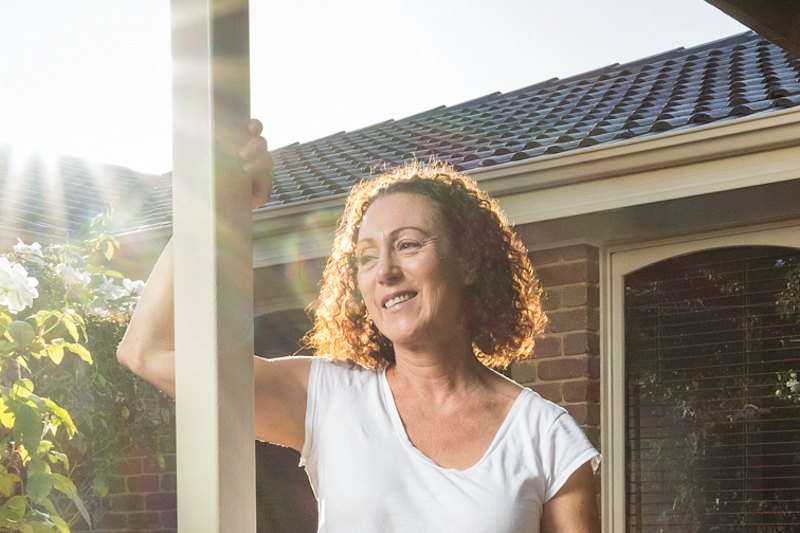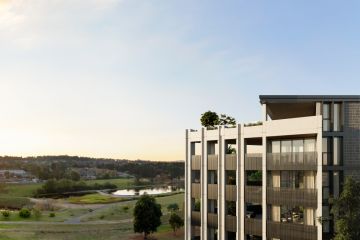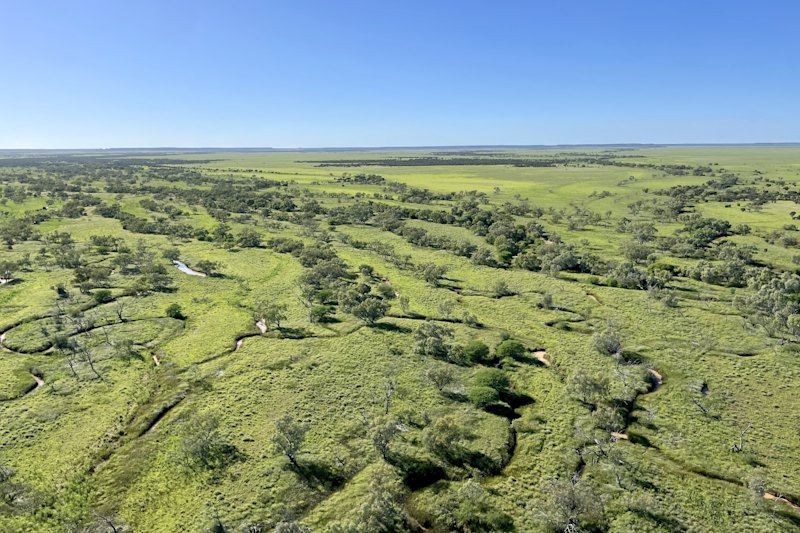Ku-ring-gai the most advantaged area in Australia, new census data shows

Residents on Sydney’s upper north shore are the most advantaged in the country, according to new census data released Tuesday.
The Ku-ring-gai local government area took out the top spot in the Australian Bureau of Statistics’ Socio-Economic Indexes for Areas, which ranks places by relative socio-economic advantage and disadvantage.
The data, which combines figures on income, education, employment housing and other variables, saw Ku-ring-gai followed by harbourside Mosman, Woollahra in the city’s eastern suburbs and Cottesloe in Perth
All 10 of the most advantaged local government areas (LGAs) were in Sydney’s northern or eastern suburbs, or coastal Perth.
By comparison, the top 10 most disadvantaged areas were all found in either regional or remote Queensland or the Northern Territory.
The most disadvantaged LGA was Cherbourg, approximately 250 kilometres north-west of Brisbane, followed by West Daly, more than 300 kilometres south-west of Darwin.
But disadvantage isn’t just limited to regional areas, with cities being increasingly divided into pockets of the haves and have nots, according to Brendan Coates, a fellow at public policy think tank the Grattan Institute.
“People in our major cities, particularly in Sydney and Melbourne, generally have higher incomes and higher levels of advantage than regional and rural areas,” said Mr Coates.
“[But] in Sydney for instance, you’ve got the north shore, which is particularly advantaged along with other inner areas…then you head out to areas like Cabramatta, and the areas are in the most disadvantaged 10 per cent of Australia.”
Fairfield council, in which Cabramatta lies, is among the 10 most disadvantaged LGAs in NSW. Greater Dandenong and Brimbank in Melbourne, are among Victoria’s most disadvantaged regions.
“In Melbourne, inner areas and the inner south east are very advantaged, whereas outer suburban areas particularly to the north and west remain relatively less advantaged,” Mr Coates said.
He noted the spatial concentration of disadvantage in cities was concerning, particularly if house prices continued to grow.
“Thirty years ago, the types of suburbs [lower income earners] could afford to buy or rent weren’t considered great places to live but tended to be close to the city … now those places have become gentrified,” Mr Coates said.
“Those on the margins of being able to afford a home are having to move to those outer suburban areas, and are therefore further away from a lot of services and public transport, they’re commutes are longer and there is good evidence showing this leads to lower rates of workforce participation,” he said.
At the other end of the scale, Mr Coates said higher-paid and educated individual were flocking to inner city locations.
“In the harbour suburbs of Sydney, the inner eastern suburbs of Melbourne, in central Brisbane, the inner northern suburbs of Perth and then in Canberra more than half the population has a degree or diploma,” he said.
Mr Coates noted a high concentration of highly educated professionals was key to why Canberra suburbs ranked so high when the area was analysed at a closer level – four of the five most advantaged Statistical Areas Level 2 regions were in the ACT.
“It’s the public servants,” he said. “[Forest, Barton and Duntroon] are up there because they’ve got a highly educated workforce…you’ve got a lot of young professionals earning relatively good money.”
Nationwide, the ABS data showed people of Aboriginal and/or Torres Strait Islander origin were more likely to live in the most disadvantaged areas with 48 per cent living in the bottom fifth most disadvantaged areas, compared to 18 per cent of non-Indigenous people.
Only 5.4 per cent of Aboriginal and/or Torres Strait Islander people live in areas of high relative advantage compared with 22 per cent of non-Indigenous people.
“In some ways it understates the level of disadvantage of the indigenous population,” said associate professor Nicholas Biddle, deputy director of the ANU Centre for Social Research and Methods.
“Even within areas there is still significant variation,” he said. “You have situations where relatively advantaged non-indigenous people, mask the [more disadvantaged] indigenous population.”
He noted while disadvantage tended to be greater in remote regions, there were parts of Western Sydney where the indigenous population’s socio-economic outcomes weren’t much better off.
The data showed the failures of government to address the structural drivers of poverty and inequality, said John Falzon, chief executive of the St Vincent Paul Society National Council of Australia.
“A lot of the reasons [people are struggling] is because they have limited or no opportunities for employment, education or training … and poor access to social and affordable housing,” he said.
“People are locked out and shut out, then blamed for not being as good despite being excluded.”
Dr Falzon said government focused too much on blaming individuals or communities for their socio-economic status, rather than using federal policy levers to improve the environments they were subject to.
We recommend
We thought you might like
States
Capital Cities
Capital Cities - Rentals
Popular Areas
Allhomes
More







